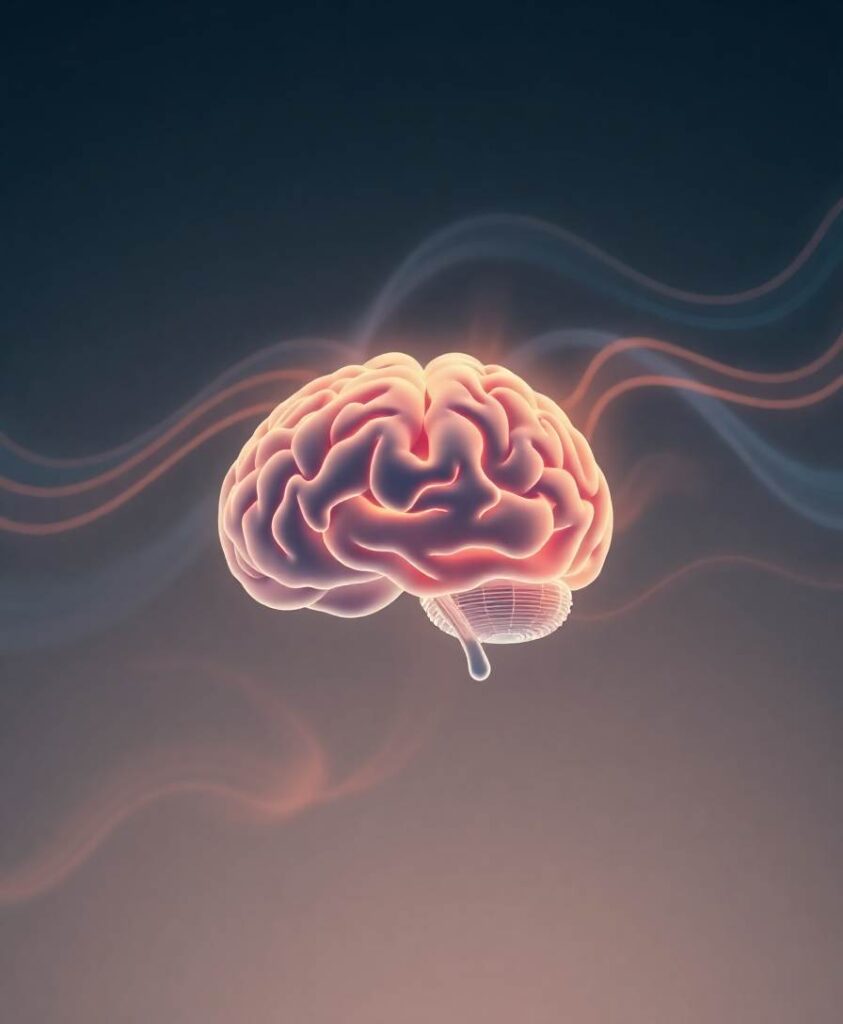Protecting Adolescent Minds in the AI Era
Adolescence represents a critical developmental window where young people explore identity, build social connections, and develop emotional resilience. As a neuroscientist who studies brain plasticity, I recognize how profoundly digital technologies can shape neural pathways during these formative years.
Emerging research highlights the delicate balance between technological engagement and psychological well-being. AI platforms offer remarkable opportunities for learning and connection, but they also present subtle risks that can quietly influence developing minds. Understanding these dynamics requires nuanced approaches that prioritize adolescent psychological safety without undermining technological potential.
Our collective responsibility demands proactive strategies that empower teenagers to navigate digital landscapes thoughtfully. By designing AI tools with built-in protections and teaching critical digital literacy skills, we can create environments that support healthy cognitive development. This approach transforms potential digital threats into opportunities for growth, helping young people build stronger emotional intelligence and meaningful human connections in an increasingly complex technological world.
How AI Can Safeguard Our Teens’ Hearts and Minds
Imagine the feeling of a young person scrolling through social media or engaging with an AI-powered app — their senses tuned to the glow of the screen, a mix of curiosity and connection pulsing through them. It’s a world full of promise, yet also shadows, where the line between genuine human interaction and digital influence can blur without warning. As an adult who cares deeply about healthy development, you might wonder: Are the tools shaping our adolescents’ minds and relationships doing more good than harm?
This is the core concern behind a recent call for “guardrails” in adolescent AI use. Just as we install safety barriers when kids learn to bike or swim, the growing presence of artificial intelligence in their daily lives demands thoughtful protections. The goal? To prevent exploitation, manipulation, and the subtle erosion of real-world relationships that are essential for healthy growth.
Understanding the subtle risks of AI in adolescent lives
When we think about AI’s impact on teenagers, it’s easy to focus only on the bright side — personalized learning, connectivity, and entertainment. But beneath those benefits lie nuanced risks that are often invisible at first glance. For example, AI algorithms can influence what teens see, hear, and prioritize, shaping their perceptions and emotions without clear boundaries. They might unknowingly be pulled into echo chambers or manipulated by content designed to keep them engaged longer than they intended.
And what about the importance of genuine human connection? Adolescence is a critical period for developing empathy, social skills, and a sense of community. When AI replaces or diminishes real-world interactions, young people may experience feelings of loneliness or find it harder to navigate complex social cues.
This new report urges developers of adolescent AI tools to take responsibility. It’s not enough to create engaging, intelligent features — safeguarding young users from exploitation and manipulation must be built into the core of these technologies. Think of it as installing invisible guardrails that gently guide teens away from harmful influences while encouraging authentic, meaningful relationships.
Designing AI with teen well-being in mind
What does it mean to design AI that truly protects adolescent well-being? It begins with understanding their unique developmental needs. Young people are especially vulnerable to certain types of influence, yet they are also remarkably resilient and eager to learn healthy habits.
Developers are encouraged to prioritize features that promote critical thinking, emotional resilience, and digital literacy. This could include prompts that challenge teens to reflect on their online experiences, or tools that limit exposure to manipulative content. It also means creating systems that recognize when a young user might be in distress or being exploited, and stepping in with supportive resources.
Moreover, education about AI’s influence should be part of the conversation. Schools and families can work together to teach teens how to recognize manipulation, set healthy boundaries, and foster genuine relationships outside digital spaces. Just as we teach kids to cross the street safely, we need to educate them on navigating the complex terrain of AI-driven online worlds confidently and securely.
Empowering parents, educators, and developers for safer AI use
Ultimately, protecting adolescents from the potential pitfalls of AI is a collective effort. Parents and educators play a vital role in guiding young people to use these technologies mindfully. Open conversations about online experiences build trust and awareness, helping teens recognize when they’re being manipulated or when their relationships are at risk.
At the same time, developers bear a responsibility to embed safety features into the design of AI tools. This isn’t about limiting freedom but about creating a supportive environment where young users can explore, learn, and connect without undue influence or harm. Think of it as crafting a digital space that nurtures resilience and authentic connection, rather than one that exploits vulnerabilities.
As we navigate this rapidly evolving landscape, the message is clear: We must design and use AI thoughtfully, with the well-being of our adolescents at the heart. By instituting thoughtful guardrails and prioritizing education, we can help young people thrive in a digital world that respects their growth and integrity.
Learn More: Guardrails, education urged to protect adolescent AI users
Abstract: The effects of artificial intelligence on adolescents are nuanced and complex, according to a new report that calls on developers to prioritize features that protect young people from exploitation, manipulation and the erosion of real-world relationships.
Link: Read Full Article (External Site)



